A film set operates like a tiny village; for some big blockbuster productions, it is like a small civilization. While the actors receive the most media attention, plenty of hands are involved in a film set from start to finish.
Movies are filmed anywhere from an actual location to a constructed set on a studio backlot or soundstage. Regardless of where the film set occurs, each set is operated by professionals called the film crew.
This article will give you an overview of film crews, focusing on the below-the-line technical departments. Read more about above-the-line film set roles.
Table of Contents
Introduction: Film Crews at various stages of production.
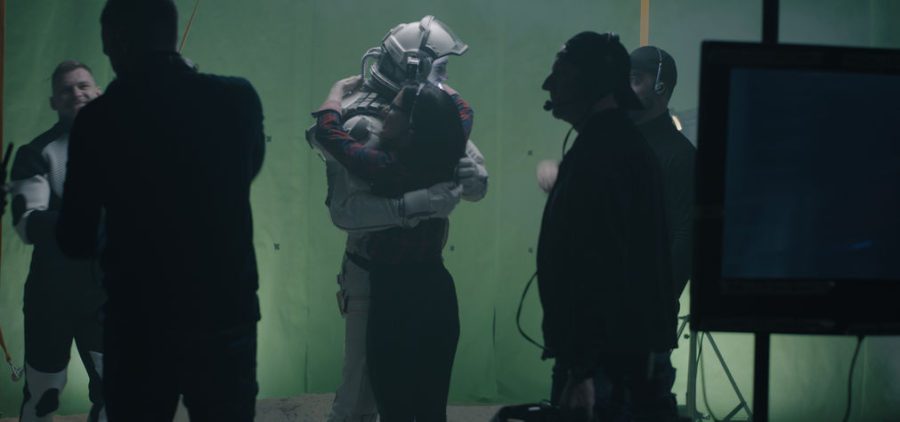
The film crew is a team of professionals necessary for film production. The film crew is designated into three stages, with special production skills in pre-production, principal photography, and post-production. The on-set film crew is primarily involved with one or two stages.
Beyond the production stages, the film crews are distinguished by two categories: the above-the-line and below-the-line technical crew.
The above-the-line film set roles are those of professionals involved with the earliest development stages of the production, such as the director, screenwriter, and producers.
The below-the-line technical roles are those of professionals involved with the principal photography stage, such as the cinematographer, production designer, boom operators, location scouts, and more.
Before the Set, There’s Pre-Production

Before the principal photography or film set can begin, movies undergo a stage known as pre-production.
This stage is the planning process for each task necessary to shoot the film, and it involves all the above-the-line personnel, assistant directors, production managers, and location scouts.
You might like this guide to location scouting.
The size and budget of film sets can vary, so not every role has the same responsibility.
A few necessary pre-production steps include locking the shooting script, finalizing the budget, hiring the department heads, securing location permits, scheduling, and arranging equipment.
Breaking Down Below-The-Line Film Set Roles
Below-the-line roles on a film set refer to technical and operational positions that support the production process, excluding key creative and executive positions. These roles include but are not limited to cinematographers, gaffers, sound engineers, art directors, costume designers, makeup artists, and grips.
I’m going to focus on the below-the-line technical roles. Keep in mind there are plenty more roles involved in the below-the-line, like the talent and editors. But for now, we’ll cover the film crew’s behind-the-scenes functions.
I assembled this at-a-glance compendium of film set roles to give you an idea of each position on a typical film set.
What does the Film Production Team do?
The production team works directly with the director, producer(s), and studio to prepare and execute a film set’s operations.
Most roles begin work long before the first day on a physical set.

Line Producer – The line producer manages the production budget and the day-to-day physical components of the film. Someone has to be a liaison between everyone above and below the line.
Here’s an article that explains the different types of producers on film sets.
Unit Production Manager (aka UPM or Production Manager) – The UPM is responsible for the film schedule, budget, and overall film set management. Consider this role as the COO of the film set.
Production Coordinator – Production coordinators work directly under the UPM as supervisors to production assistants and monitor studio and company policies and guidelines. Film sets can be expensive and constrained.
Production Secretary – Depending on the film set’s size, a secretary must assist the production manager and coordinator with answering phone calls, relaying messages, compiling mail, scheduling meetings, and arranging travel.
Office Production Assistant (PA) – An office PA assists with answering phones, making script copies, running errands, and handling additional administrative tasks. This is generally an entry-level role on a film set for those seeking advancement in production.
Assistants to Directors & Producers – Not to be confused with an assistant director, these individuals provide direct administrative and secretarial support to the directors’ and producers’ day-to-day affairs.
Assistant Directors
Not to be confused with the director’s assistants, these roles hold a big responsibility on the film set.
1st AD (1st Assistant Director) – The 1st AD keeps everything and everyone on track with the production schedule, logistics, call sheet preparation, and cast and crew monitoring. This includes the director and all above-the-line personnel.
2nd AD (2nd Assistant Director) – The 2nd AD is the backstage manager and master of daily call sheets and the liaison with actors, makeup, and wardrobe. For larger productions, they relieve these duties from the first AD.
2nd 2nd AD (2nd 2nd Assistant Director) – In bigger productions, the assistant director’s workload is delegated between additional assistant directors beyond the 2nd AD.
Key PA (Key Production Assistant) – The key is a seasoned PA responsible for the other production assistants’ supervision on set. This role is typically reserved for people interested in becoming an assistant director one day.
Set PA (Set Production Assistant) – This is an entry-level position in television and film production. Set PAs must act as hands-on gophers, always available to assist with tasks ranging from making copies of the scripts, grabbing coffee, or coordinating crew and equipment.
Locations Management

Location Manager – The location manager is responsible for securing locations and necessary fire, police, and other governmental permits. The location manager is the public face of the production and acts as a liaison between the community.
Location Assistants – Assistants handle research, photography, and coordinating appointments with the desired locations’ owners, including informing local residents of filming times and locations.
Location Scouts – Scouts search for desirable locations ahead of filming and build a database of locations based on the scriptwriters’, producers’, and directors’ requests.
See seven essential tools every director should have.
Unit PAs (Unit Production Assistant) – Unit PA is an entry-level location management role. They work directly under the supervision of the assistant location manager and location assistants.
Transportation

Transportation Captain – The transportation captain heads the entire transportation department. They determine the budget, acquiring all necessary vehicles and apparatus.
Transportation Coordinator – The transportation coordinator assists with the department’s management, film crew, and staff’s transportation.
Drivers – Drivers are responsible for all the production vehicles’ operations to and from the film set. They transport the crew, equipment, and cast.
Picture Car Coordinator – Remember those famous driving scenes in movies? A picture car coordinator oversees the movement, usage, and repair of the vehicles that appear on camera.
What does the Camera Department do in film?
Despite recognizing the above-the-line film set roles, the camera department might be one of the most integral parts of filmmaking.
The cinematographer, camera operators, sound engineers, grips, and electric work together to create the footage used to develop movies and television.
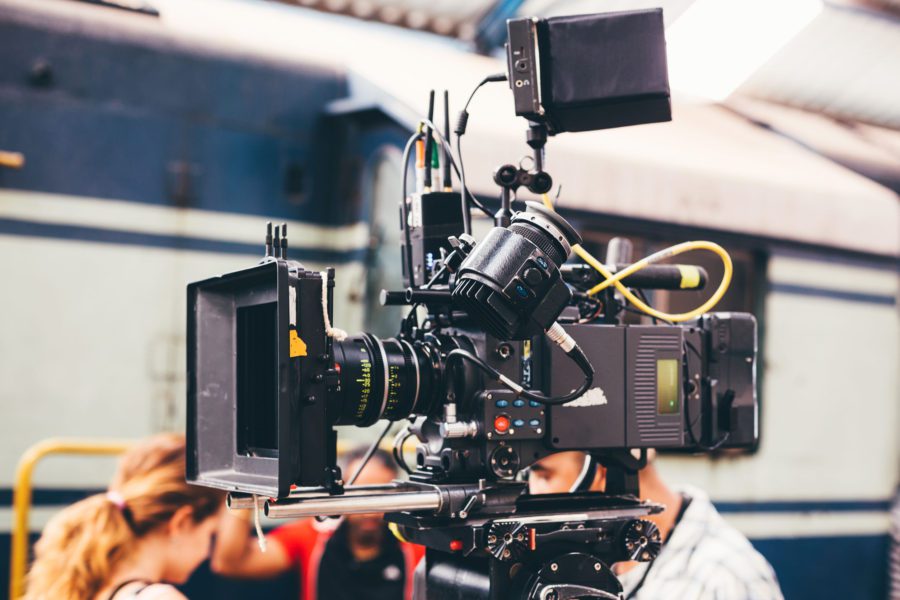
Director of Photography (Cinematographer or DP) – The DP oversees the camera and light crew. This role is responsible for ordering, securing, and testing filming equipment and overseeing post-production visual elements.
1st Assistant Camera (1st AC) – The 1st AC is a focus puller responsible for maintaining the lens’s optical focus on the subjects and actions filmed.
2nd Assistant Camera (2nd AC) – “Take two!” The 2nd AC is a clapper loader responsible for loading raw film stock and operating the slate at the start of each take.
Steadicam Operator – The operator works with the 1st AC on the Steadicam’s technical setup and balance, ensuring the scene’s cinematography choreography is seamless.
Loader – The loader keeps warehouse inventory records, handles loading and unloading vehicles, and operates the related machinery.
Digital Imaging Technician (DIT/Media Management) – The DIT directly works with the DP. He is responsible for the on-set color correction, image quality control, and the film set’s workflow.
Stills Photographer – The stills photographer captures images from the film set used in press and publicity for the feature film.
Camera PA – Camera PAs help with the setup, inspection, and positioning of the camera and lighting equipment.
Grip
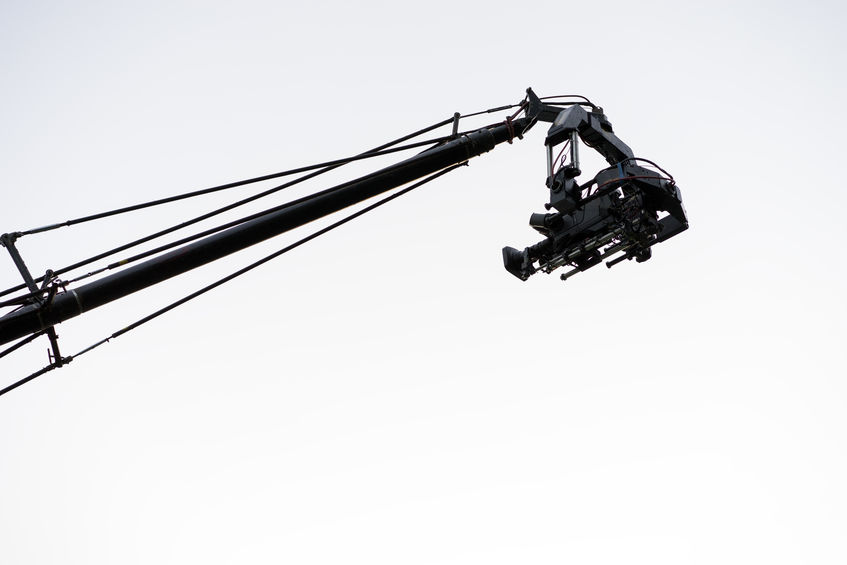
Key Grip – The key grip works with the DP as the grips’ supervisor, handling the operation and movement of camera and lighting equipment.
You can read more about the roles of the key grip here.
Best Boy Grip – The best boy grip is a foreman and direct assistant of the key grip. Their duties include hiring and managing crew, inventory management, workplace safety, and administration.
Dolly Grip – The dolly grip operates the camera cranes and dollies.
Rigging Grip – The rigging grip is in charge of rigging equipment, including hanging lights, cameras, screens, and blackout tents that allow for night shots during the day.
Electric
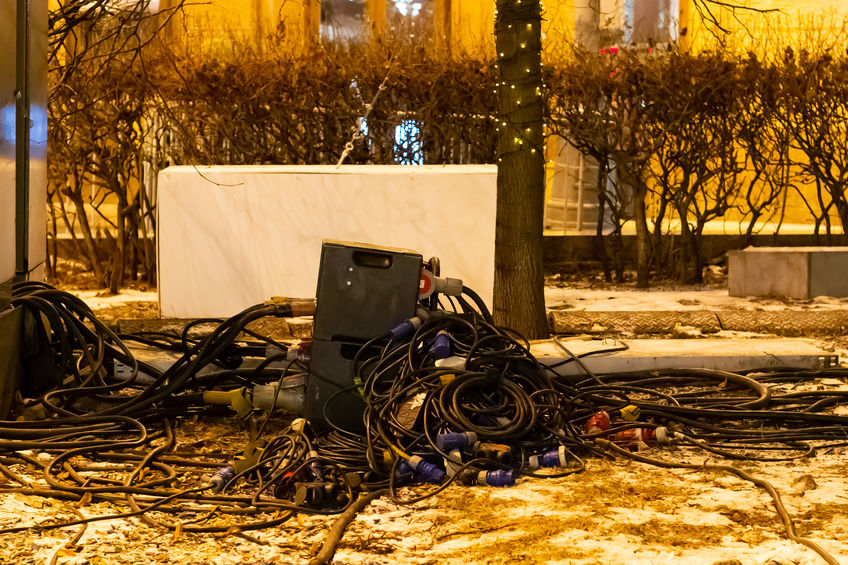
Gaffer – The gaffer works as the electrician and electrical department supervisor with the DP. As the lead technician, they manage all the lighting instruments, labor, and electrical equipment on set.
Best Boy Electric – The Best Boy Electric is the gaffer’s foreman and direct assistant. Their duties include strategy and implementation of lighting rigs or soundstages, coordinating rigging crews, and electrical equipment inventory.
Studio Electrical Lighting Technicians (SELT) – These technicians install and remove the electrical and lighting control systems on set.
Generator Operator – The operator monitors and controls the turbines, generators, and turbines and regulates power between the generators on set.
Production Sound

Production Sound Mixer – The mixer is responsible for all on-set recording and location sound. This role makes sure each actor’s performance is captured without background noise pollution.
Boom Operator – The operator assists the production sound mixer by operating the boom microphone and additional sound recording equipment on set.
Sound Utility – The sound utility is a technician responsible for setting up, operating, and keeping the equipment in working condition.
You might like this guide to boom shotgun microphones and boom poles and how to use them.
Continuity
Script Supervisor – The script supervisor oversees the film’s continuity, including all the actors’ props, set dressing, hair, makeup, and actions.
Most scenes are filmed from various angles, with multiple takes, and must be reset to the original position before filming starts again.
This is related to blocking in film.
What does the Art Department do in film?
Everything you see presented on camera is the work of the art department.
Careful planning and style from artistic professionals result in the cast’s appearance, the film sets’ dress, and all structures.
What they create together is recognized by the term mise-en-scene.
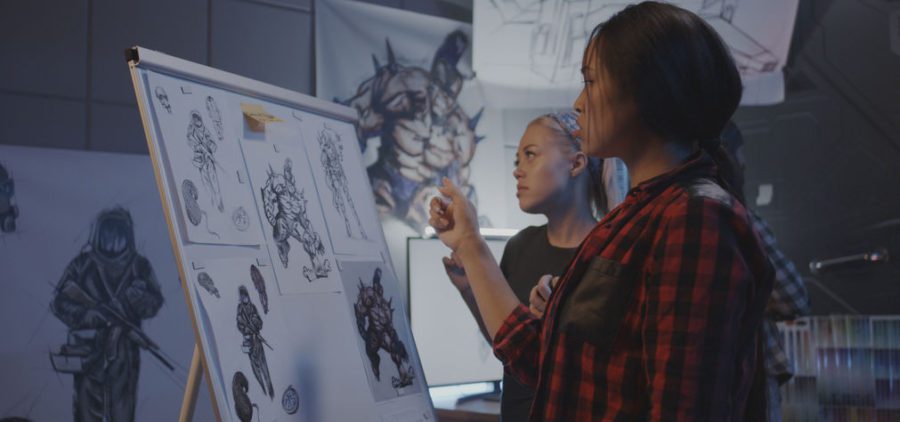
Production Designer (PD) – The PD oversees the entire visual concept of film production through design, locations, props, lighting, costumes, and camera angles. This role works closely with the above-the-line personnel.
Art Director – The art director manages the art department, the construction team, and designing sets. This role works as a liaison between the PD and other on-set teams.
Art Department Coordinator – The art coordinator works directly with the art director, ensuring all decisions and changes related to art assets are communicated between the different on-set personnel.
Construction Coordinator – The construction coordinator supervises the film sets’ construction. The coordinator orders materials, schedules, and supervises the crew of carpenters, painters, and laborers.
Carpenters – Production carpenters are behind all the building, installation, and breakdown of wooden structures on the film set.
Key Scenic – The key scenic is a supervisor responsible for creating realistic and dramatic settings of the film’s world we see on screen. This role works directly with the art directors and production designers.
Scenic Artists – The scenic artists create the set props and backdrops used in film production.
Set Decorator – The set decorator is responsible for decorating the film set with furnishings and set dressing that will be seen on camera.
Buyer – The buyer works with the set decorator to locate, rent, or purchase the set dressings.
Leadman – The leadman manages the set dressers and creates the illusion that what we see on the camera is a real setting versus strategically placed set dressing.
Set Dressers – The set dresser applies and removes all the furniture, drapery, carpets, lighting – everything you would find on a film set.
Greensmans – The greensman is a set dresser responsible for arranging all plant life’s landscape designs on set.
Art Production Assistant (Art PA) – The Art PAs help the set decorator with administration, construction, and running errands related to the art department.
Properties
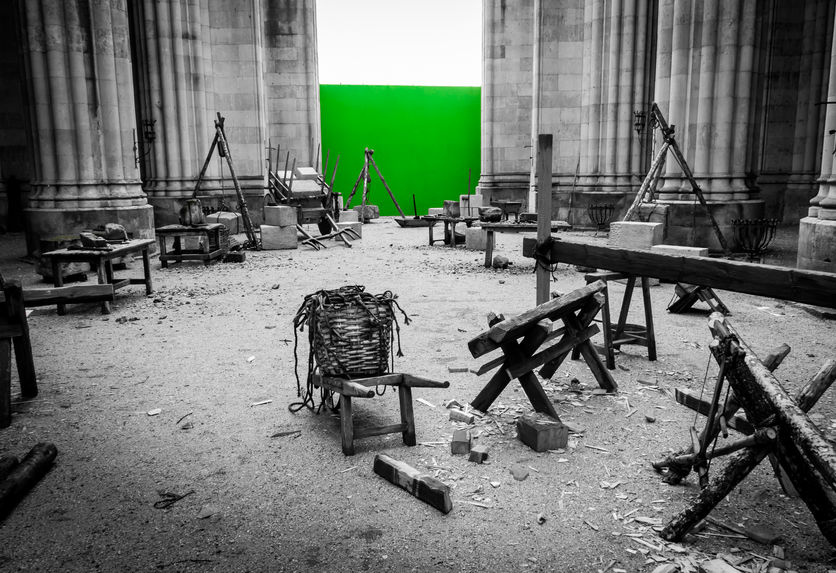
Property Master – The prop master is responsible for locating and managing the props’ inventory needed for the film set.
Assistant Property Master – Working alongside the property master, the assistant ensures the shooting location is camera-ready and repairs damaged or misplaced items if necessary.
Prop Maker – The prop maker builds all props that were not rented or bought from outside the film set, including stunt props or replicas like plexiglass windows and breakable bottles.
Prop Assistants – The props assistant works directly with the property master in purchasing, renting, placing, and maintaining all the props on set.
Food Stylists – The food stylist works with chefs and photographers to style all on-set food to appear fresh, durable, and readable on-screen.
Animal Wranglers – The animal wranglers are responsible for the training, security, performance, and obedience of all animals on set.
Weapon Master (Armorer) – The armorer is in charge of all weapons, including firearms, swords, knives, and other properties that can be used as weapons—the weapon master works directly with the stunt coordinator.
Costumes and Wardrobe

Costume Designer – The costume designer creates all the outfits and costumes for the cast in coordination with the director, sound department, scenic, grips, and other related film set roles. This role regularly works with the hair and makeup artists.
Assistant Costume Designer – Depending on the production size, the assistant costume designer helps maintain the actors’ physical appearance regarding clothing and other costume accessories.
Shoppers – Like buyers, the shoppers are responsible for locating, renting, or purchasing all the necessary materials and items used for costumes and accessories on set.
Wardrobe Supervisor – The wardrobe supervisor oversees all the customers on set, coordinating with the director and costume designer.
Set Costumers – The set costumers load and unload costumes and maintain the wardrobe inventory.
Seamstress – A seamstress is a specialized set role available to perform alterations, repairs, and adjust the wardrobe on set.
Hair and Makeup (HMU)
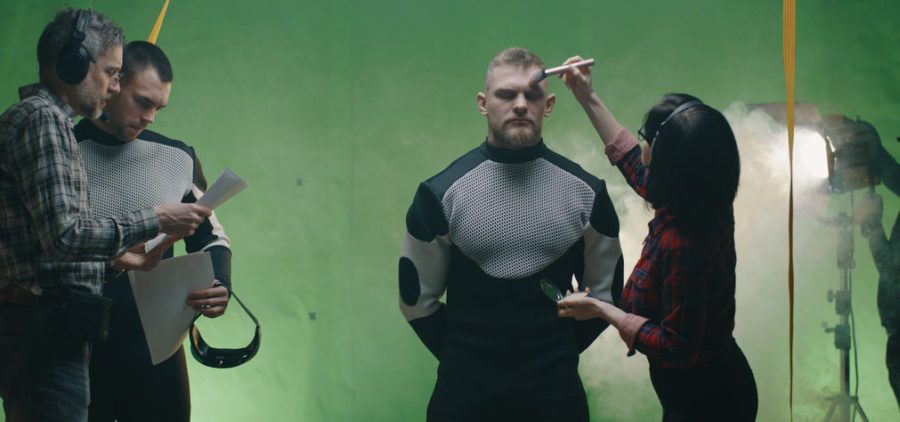
Hair Department Head – In larger productions, the hair department head oversees the entire hair department, keys, and artists. This role ensures every actor is picture-ready, especially when filming additional angles or complicated takes with lots of movement.
Key Hair Department – The key hair department is responsible for styling every cast member’s hair on the film set before and between takes using photos as a reference. Additionally, they’re responsible for providing all the necessary tools and equipment for hair care.
Makeup Department Head – The makeup department head oversees the entire makeup department, keys, and artists. Like hair, every actor must be ready to film with continuity and accurate appearance.
Key Makeup Department – The key makeup department is responsible for every cast member’s makeup on the film set before and between takes. Additionally, they’re in charge of purchasing necessary materials and equipment and scheduling their crew.
Special Effects Makeup – The special effects makeup artists use cosmetics and appliances with latex, silicone, and rubber prosthetics to create imitations of blood, bruises, aged features, deformities, and more.
What are the roles of Special Effects and stunts in film?
If you ever saw behind-the-scenes footage of your favorite action flick, you’ll notice much more missing than on the silver screen.
Green screens, half-built animatronics, or stunt doubles are possible because specialized roles create the illusion of reality, what you may know as “movie magic.”
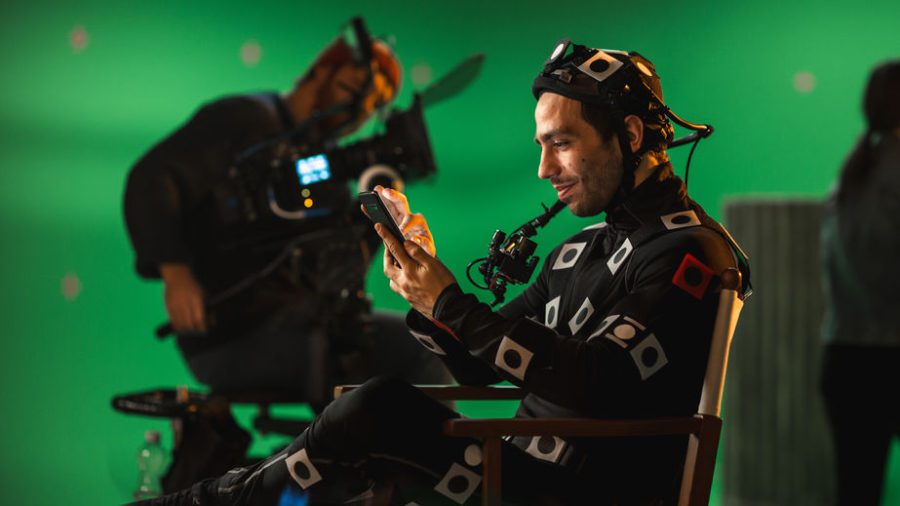
Special Effects Supervisor/Coordinator – The special effects coordinator creates all the cool explosions, realistic weather, life-like natural disasters, and actual destruction you see on camera. This role is a must-have in a big-budget action flick.
Special Effect Foreman – Based on the film set’s budget and size, a special effects foreman, like the coordinator, operates as the head of the entire special effects department, reporting directly to the director and producers. They work closely with the properties and art department.
SFX Technicians – The technicians are responsible for designing, building, and implementing any creatures, vehicles, apparatus, or structures necessary for the special effects on a film set.
Pyrotechnics – This highly-trained professional orchestrates the explosions you see on camera. Specialized roles like pyrotechnics are required if your film includes special effects, explosions, and hazardous scenarios.
Stunts
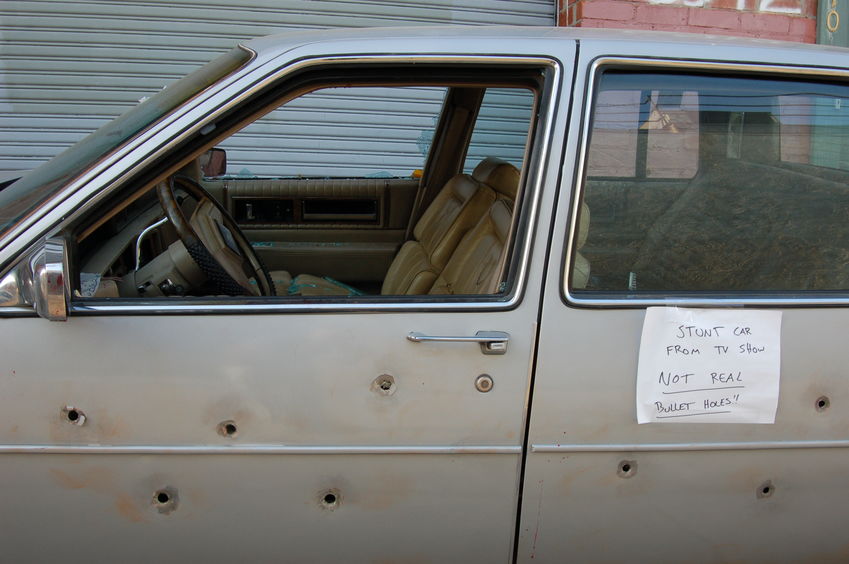
Stunt Coordinator – The stunt coordinator is a seasoned performer managing the stunt performers and doubles.
Stunt Performers – Stunt performers are trained professionals who perform dangerous scenes like jumping from a building, fight scenes, and driving vehicles in place of the actors.
See some of the best martial arts and fight scenes here.
Visual Effects
Visual Effect Supervisor (VFX) – The VFX supervisor works with the above-the-line to manage and direct all technical, artistic, and visual production personnel.
What do Catering & Craft Services do in film?
Believe it or not, film sets operate like small businesses with bigger budgets, like corporations.
There are essential rules regarding safety and the conditions on a film set. One of the most important is being fed properly.

Caterer – A caterer provides all the food and beverage products on a film set. In big-budget productions, the stars have contractual guarantees called riders with specific requests for food and beverages.
Chef Lead – The head chef supervises the food service on a film set and prepares meals for the cast and crew throughout the production.
Assistant Chefs – The assistant supports the chef lead, managing supplies, food storage, preparations, and cleaning.
Craft Services
Key Craft Service – The key craft service supervises the craft services team, maintaining one of the most popular hot spots on a film set. The craft services table includes snacks and drinks for the cast and crew.
Craft Service Assistants – The craft service assistants help prepare, distribute, and clean the craft services area, whether a small table or a small cafeteria.
Conclusion
Remember, there’s no solidified structure on who and what makes up a film set. Specific roles like directors, cinematographers, producers, and the art department will always be involved.
If you’re directing your own short film or feature, here are some tips on being a good director.
Special effects, pyrotechnics, and additional assistant positions are all based on the production’s size and budget.
If you’re interested in working on or building your own, now you have more insight into each role on a film set.

